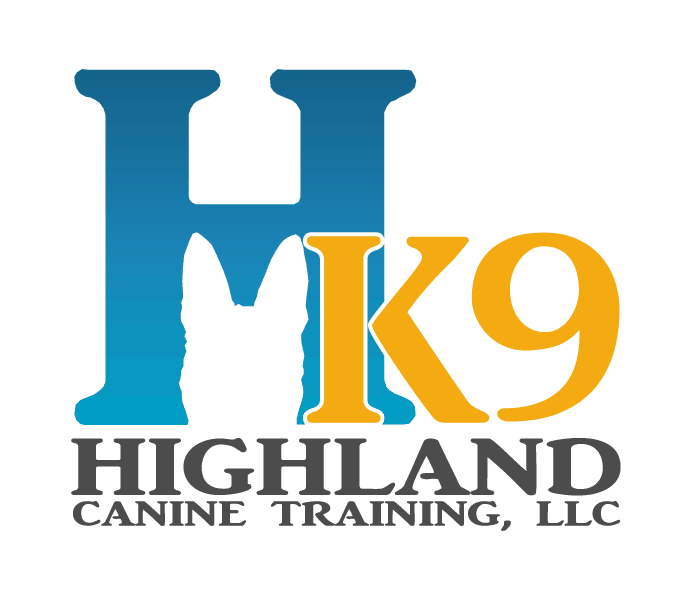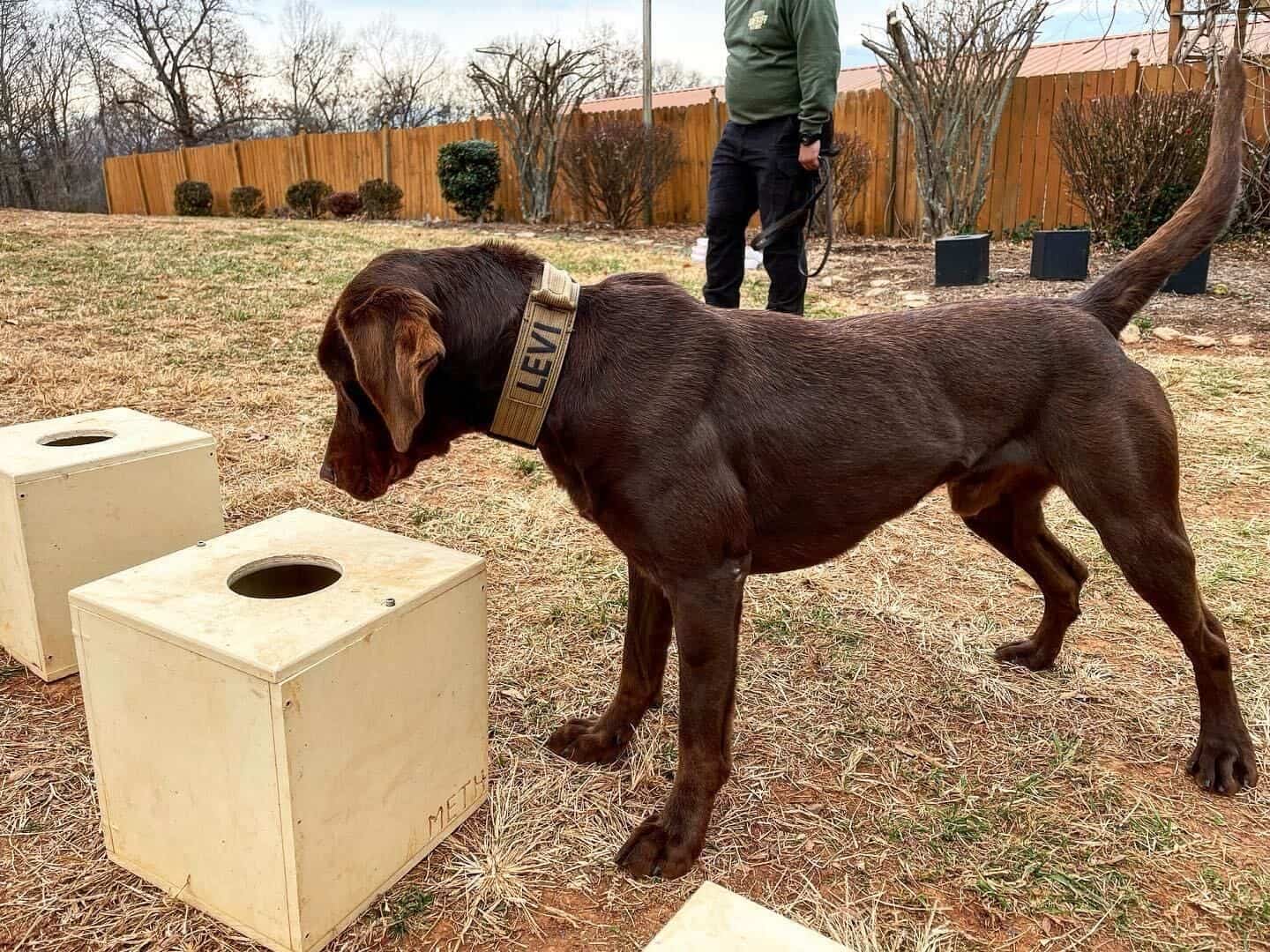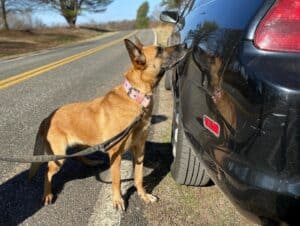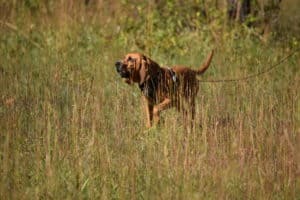Police dogs can be trained for a variety of different skills to assist their partner. A skilled K9 can be used for detecting odors, locating humans, finding dropped articles, or assisting in the apprehension of suspects.
Depending on the needs of the local community, a police department will want dogs trained in a particular skill. The training process for each of these disciplines will vary based on the end goal.
In this article, we’ll look at the process for training drug detection dogs. They have an incredibly valuable role to play in society – drug misuse and abuse can cause huge societal issues. Since 2000, there have been over 700,000 drug overdose deaths in the United States, and 26% of all arrests in the U.S. are related to drug offenses. These highly-trained drug detection dogs play a vital role in keeping communities safe by removing harmful substances from the nation’s streets.
Step One: Drug Detection Dog Selection
When training a dog exclusively for detecting the odors of drugs, the first step is selecting a dog with the correct temperament and drive for the job.
A dog with the right temperament will be confident in a variety of situations and new environments. Whether they are searching on slick floors, in dark rooms, near passing traffic, or in a noisy and crowded area, the importance of environmental stability cannot be understated.
A good drug detection dog candidate will naturally be interested in exploring, but not stressed or scared. If they do see something that they are unsure of, it is important that they have good ‘recovery’ – meaning they are able to adapt and warm up to the environment quickly in order to perform their job.
Typically, a dog selected for this type of work will have a high toy drive. High toy drive can be identified in dogs who are eager to hunt – and keep in their possession – a toy. Dogs with high toy drive will always choose their favorite toy (for example, a ball or a tug) over anything else – even in new environments. If they go to a new place, they will still be more interested in their toy than they will in wandering around and exploring.
The ideal candidate will also continue to hunt for their toy for an exceptionally long time, even if it is thrown out of sight into long grass or woods. This is a crucial characteristic, because it demonstrates that the K9 has the endurance and motivation to continue searching when it comes to operational work. The dog will continue to hunt because they will be rewarded with their toy after completing a problem.
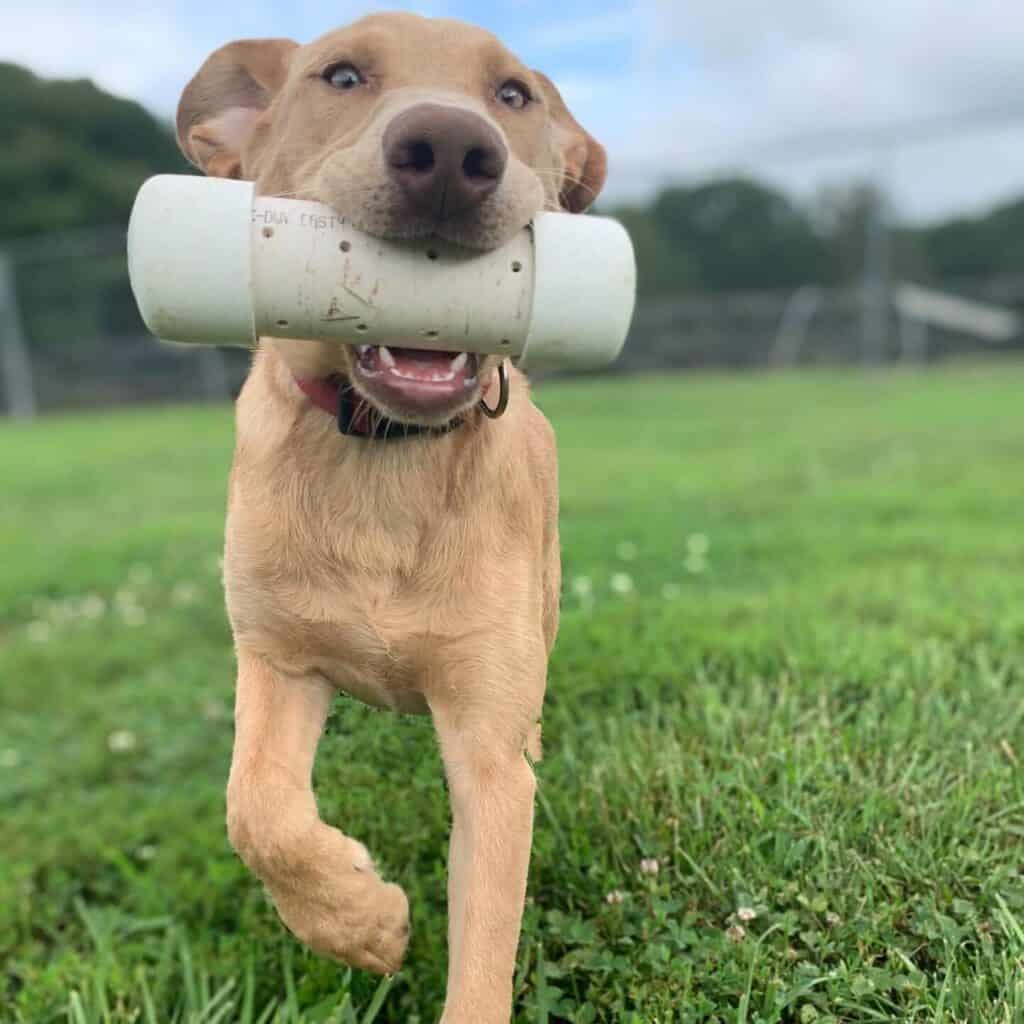
Step Two: Imprinting
Once the dog has been selected, it will enter the first phase of actual training. This is when the dog will be imprinted on the target odor they will be required to identify once they are operational.
During this phase of training, the dog will be imprinted on the odors by carrying a pipe for 75 minutes. The pipe contains each odor the dog will be trained to indicate on, and this takes place over the span of six weeks.
For drug detection dogs trained here at Highland Canine Training, our trainers imprint the dog on five to six odors, depending on whether the dog will be trained to locate marijuana.
Step Three: Behavior Shaping
Once the dog has been imprinted on all target odors, it will be time to move onto the next stage of the process – behavior shaping.
During this step, the dog is trained to alert to the target odor, along with basic skills on how to search utilizing equipment such as a ball popper and detection boxes. This indication is built, refined and reinforced, before moving on to teach the dog how to search in realistic environments.
The ball popper is used to mark good behavior and build the final alert or freeze. It also makes it very easy for the dog to know they have found the correct odor. The dogs will also be proofed on many different distraction odors, such as tennis balls, food, and many more during this phase.
Once the dog fully understands how to search, the ball popper is phased out. This means the dog is indicating only on the odor of narcotics. Once the dog is consistently searching through several detection boxes with distractions, and is only alerting to the odor of narcotics, it is time to move on to the final phase of training.
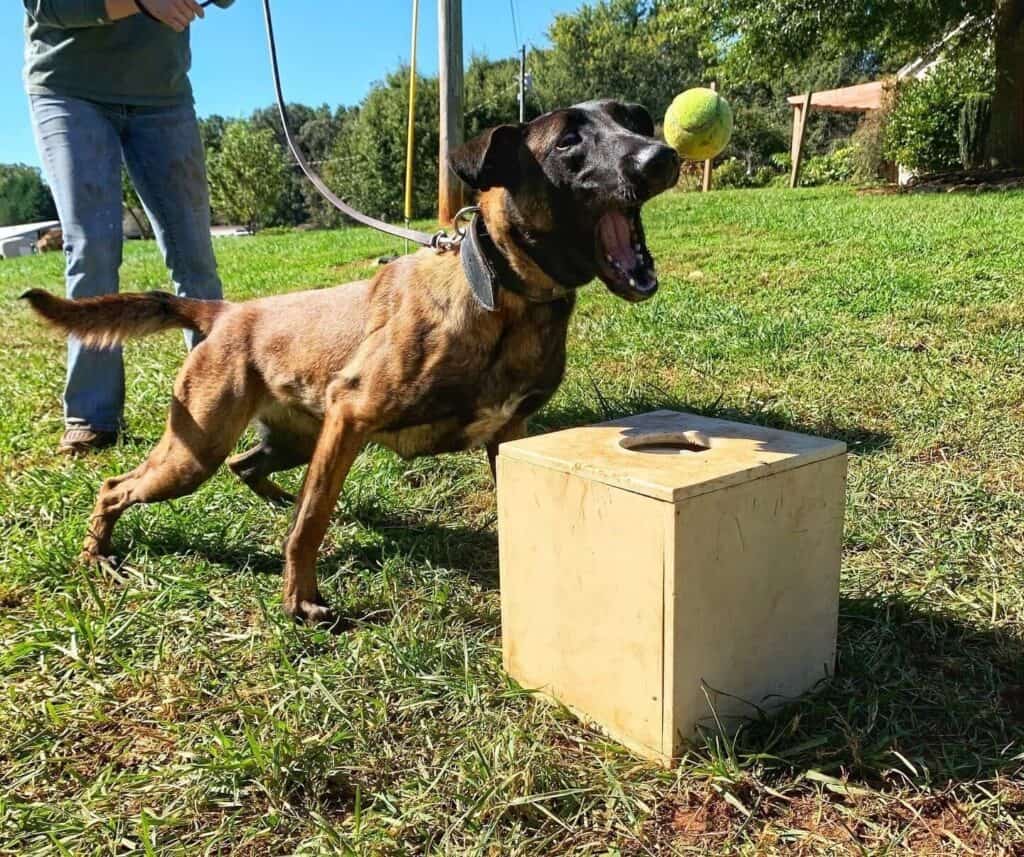
Step Four: Generalization
The final phase of drug detection dog training is generalization. This stage is about building reliability in behaviors in a variety of different environments and situations.
During this step, the dog will learn how to search cars, buildings, outdoor areas, parcels, and commercial vehicles. By setting up simple, straightforward problems, and gradually increasing the difficulty, the dog will learn to hunt independently from their handler. Over time, this will increase their search stamina.
As the training problems become more difficult, odors will gradually be placed in higher and lower places, as well as deep inside objects. This means that the dog will become accustomed to indicating to a variety of training aid placements.
Generalization is a balancing act. The training should be challenging enough to improve the skill and proficiency of the dog; but it should always set them up for success so that they continue to grow more confident in their detection skills. This part of training should also teach the dog that odor can exist anywhere, so they are always anticipating that there could be something to find. This will lead to the dog finding odor independently, without being guided by their handler.
In conclusion
From start to finish, our police K9s are trained to locate the odor of drugs over the course of 16 weeks. Our scientific approach means we are always at the forefront of innovation when it comes to detection dog training.
This repeatable, proven training process has consistently demonstrated success when the dog works operationally alongside their K9 handler.
